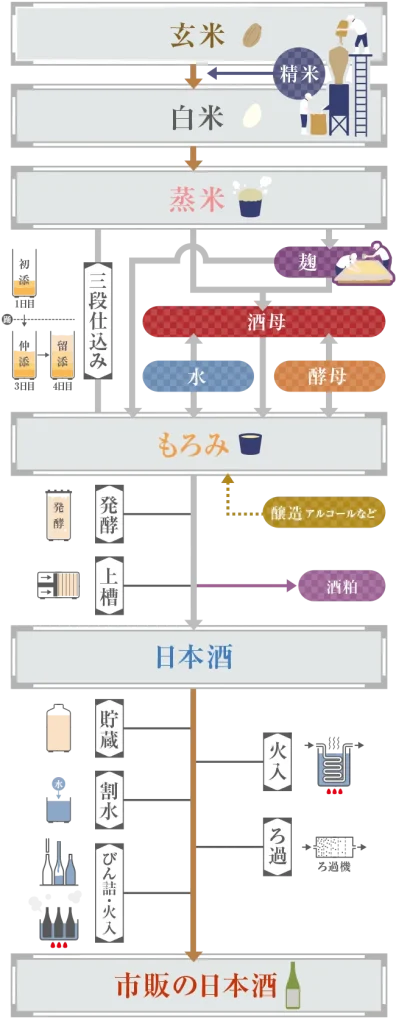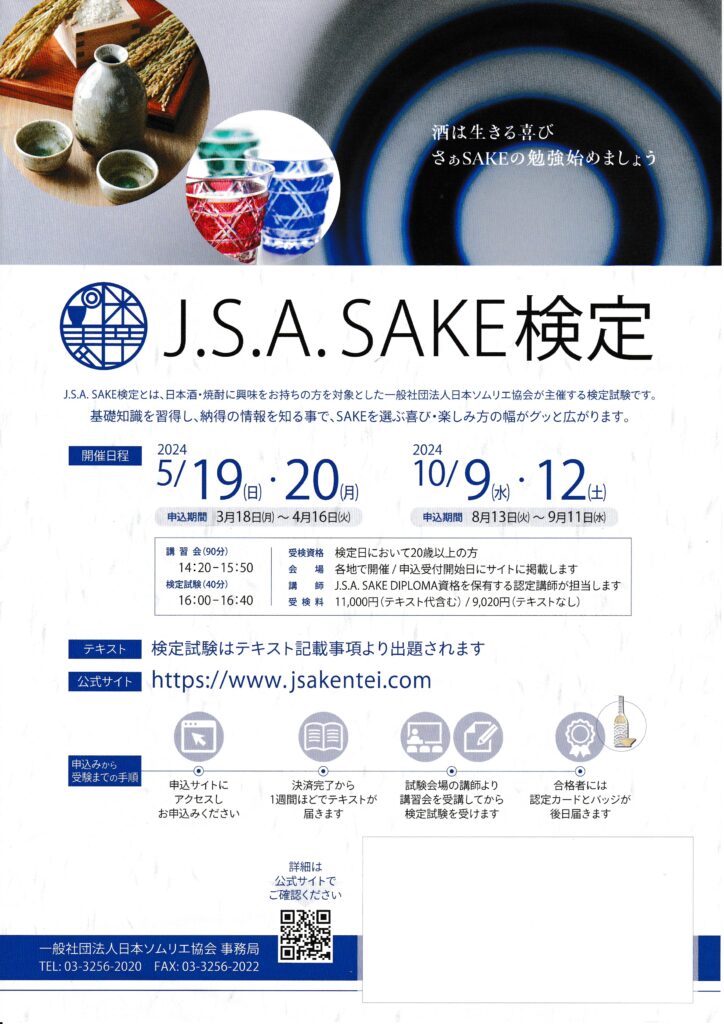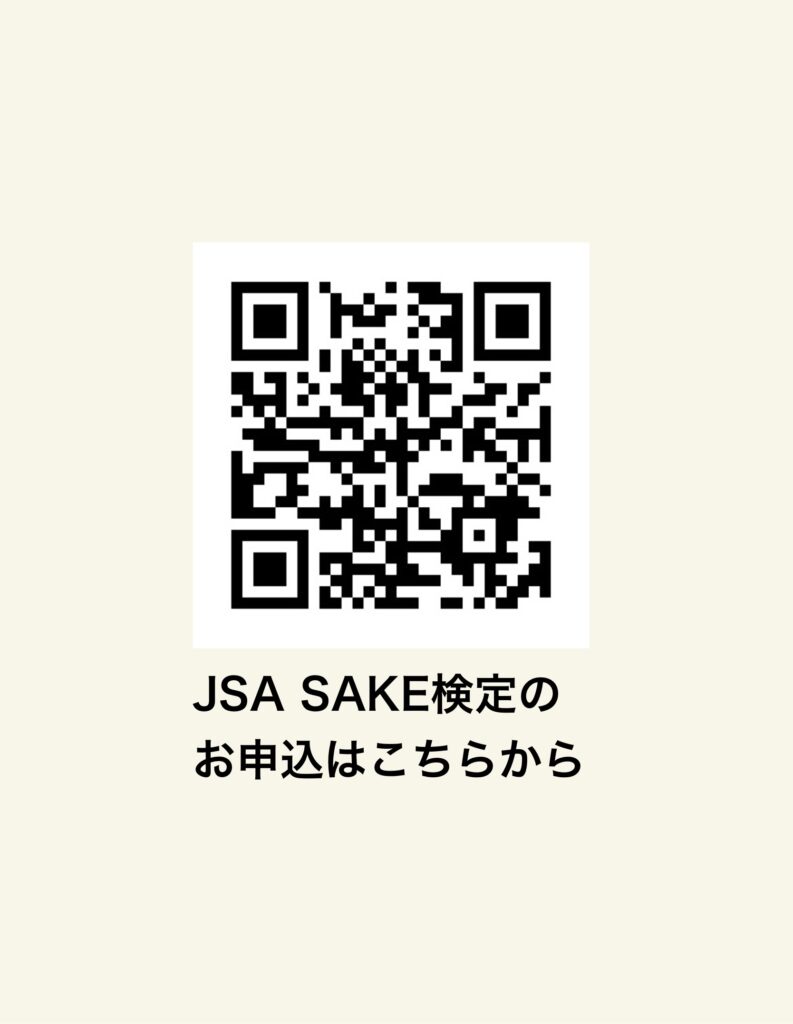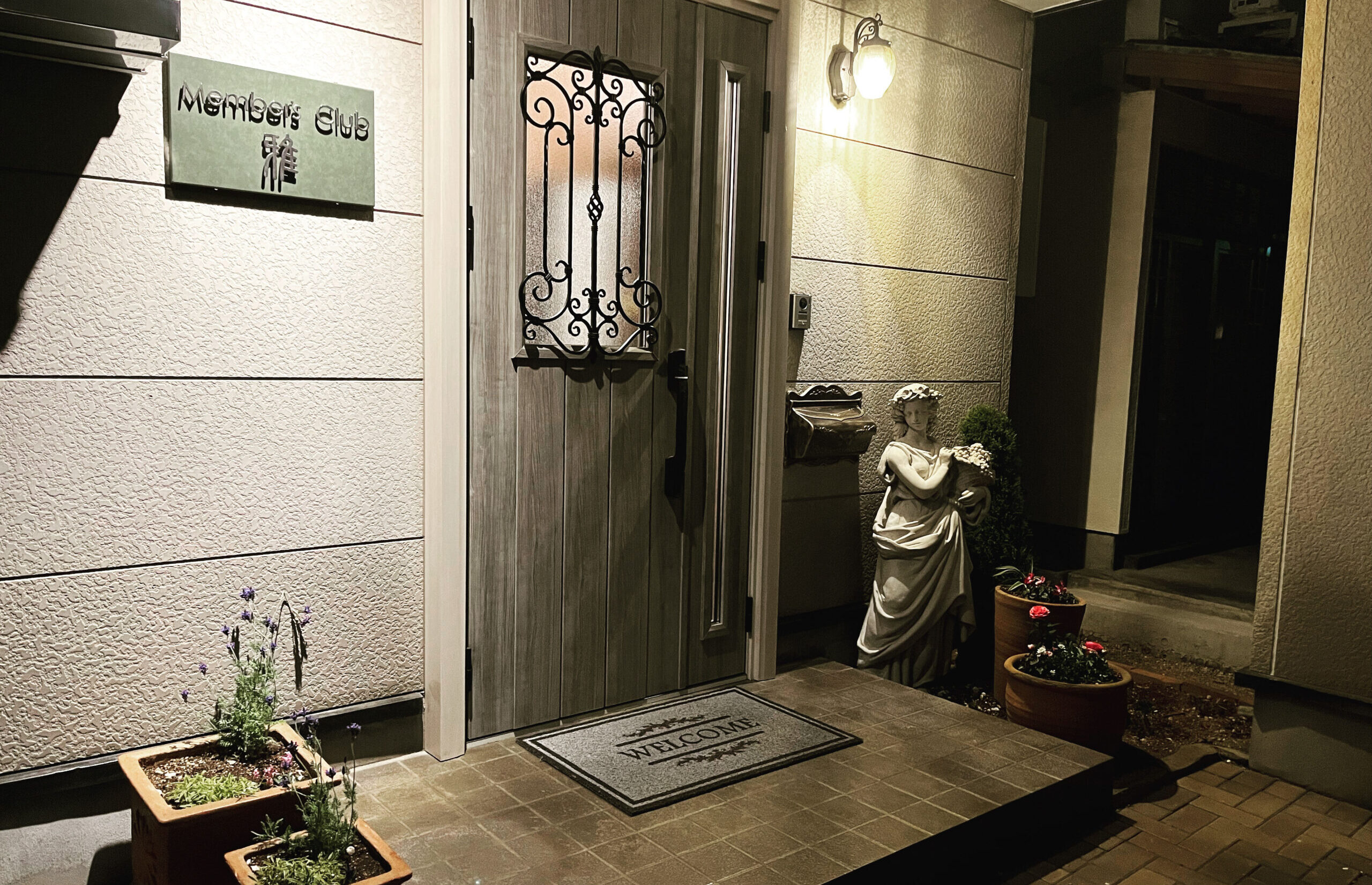SAKE 検定対策講座⑩
速醸造り→日本酒の作り方のほとんど
❶酒母、一次醪造り
🅰️日本酒の酒母の原料→麹菌、蒸米、水、酵母、乳酸(市販のもの)
※生酛造りや山廃酛作りでは天然の乳酸菌が発酵で生み出す乳酸を使う
🅱️焼酎の一次醪の原料→米麹、水、酵母
日本酒と焼酎の大きな違い→麹菌の違い
日本酒に使う麹菌→黄麹菌(穏やかな風味で酸を出さない)
焼酎に使う麹菌→白麹菌、黒麹菌(クエン酸を造り、強い殺菌力を持つので一次醪は雑菌に汚染される心配がない。)
❷醪(日本酒)、二次醪(焼酎)造り本番の発酵
日本酒→酒母➕米麹、蒸米、水
焼酎→一次醪➕蒸芋などの主原料
↓
米や芋などの主原料のデンプンが糖化しながら発酵
↓
十分な量のアルコールが出来完成
❸日本酒→醪をこす(液体の酒と固形分の酒粕に)分ける
焼酎→二次醪は漉さずに、蒸留して酒粕と焼酎に分ける
SAKE 検定お申込はこちらから
https://www.jsakentei.com/instructor/site/419/bronze/
#日本ソムリエ協会
#SAKE検定
#GI静岡
#国酒を学ぼう
SAKE Certification Course ⑩
Quick brewing → Most of the ways to make sake
❶ Sake starter, first mash making
🅰️ Sake starter ingredients → Koji mold, steamed rice, water, yeast, lactic acid (commercially available)
*Lactic acid produced by natural lactic acid bacteria during fermentation is used in kimoto and yamahaimoto brewing
🅱️ Shochu first mash ingredients → Rice koji, water, yeast
Big difference between sake and shochu → Difference in koji mold
Koji mold used in sake → Yellow koji mold (mild flavor, does not produce acid)
Koji mold used in shochu → White koji mold, black koji mold (produces citric acid, strong killing agent) Since it has bacterial power, there is no need to worry about the first moromi being contaminated by bacteria. )
❷ Fermentation of the moromi (sake) and second moromi (shochu)
Sake → yeast starter + rice malt, steamed rice, water
Shochu → First moromi + steamed sweet potato and other main ingredients
↓
The starch in the main ingredients such as rice and sweet potato ferments while converting to sugar
↓
A sufficient amount of alcohol is produced and the product is complete
❸ Sake → Strain the moromi (separate into liquid sake and solid sake lees)
Shochu → Do not strain the second moromi, but distill and separate into sake lees and shochu
Click here to apply for the SAKE exam
https://www.jsakentei.com/instructor/site/419/bronze/
#Japan Sommelier Association
#SAKE exam
#GI Shizuoka
#Learn about national sake









